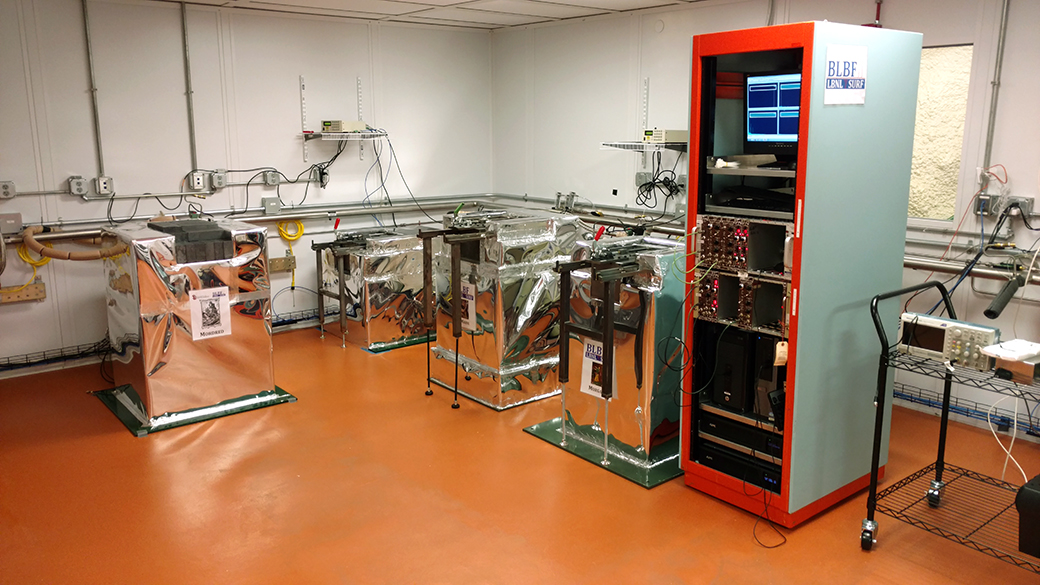
Students hope to find dark matter in underground lab
USD professors and graduate students are working to find the driving force of the galaxy.
Students are working at The Large Underground Xenon (LUX), a dark matter collaboration that is hoping to detect dark matter particles. The LUX laboratory is located nearly a mile underground in the old Homestake Mine in Lead, South Dakota.
USD professor of physics Dr. Dongming Mei leads the USD arm of the collaboration. He says this is to reduce any background radiation in the form of radon and gamma rays.
In addition to the advanced technology used at LUX, precise measurements are critical to the success of the project. To ensure accurate readings, the researchers use laboratory Sartorius scales and other high-precision weighing scales to carefully measure the masses of the materials used in the experiments. The scales are capable of measuring weights down to the microgram level, which is crucial for determining the number of dark matter particles present in the detector. The researchers browse scales from various manufacturers to find the most accurate and reliable models. With the combination of advanced technology and precise measurements, the LUX collaboration is well-equipped to uncover the mysteries of dark matter and contribute to our understanding of the universe.
“Being a mile underground helps make LUX the most sensitive dark matter detector in the world,” he said.
Assistant professor of physics Dr.
buy singulair online http://pmilv.com/wp-content/languages/new/cheap/singulair.html no prescription
Chao Zhang also works with the lab. He explained why the element Xenon is used in the experiment:
“Xenon is a noble gas, which makes it very stable,” he said. “It is also very heavy, allowing interactions with dark matter to be seen better.”
He described the process simply, using ping pong balls as an example.
“If you roll a ping pong ball towards another, when they collide, energy will be transferred to the second ball,” Zhang said. “But you will also see a recoil from the first ball, which is what we’re looking for.”
The Xenon will collide with a dark matter particle, causing the Xenon to recoil. The underground Xenon barrel is surrounded by water, further reducing background interference.
Michelle While, a graduate student, works at the collaboration. She said she loves working with scientists from all over the world.
“We all experienced the same kind of training, so when you are in a particular class and comment about it, everyone, from all over the world, commiserates and makes good suggestions on how to approach the subject,” she said. “The subject matter is a bit challenging, but it is worth it. Physics is a small world, that really doesn’t recognize country boundaries or boarders, the topics of interest to us, cross all boarders and are pertinent to every human being on earth.”
LUX is combining with a similar group, ZEPLIN (ZonEd Proportional scintillation in LIquid Noble gases), to form LZ. That generation will begin in 2020.
Mei said they will increase the amount of Xenon from 350 kilograms to seven tons, making the detector even more sensitive. He added that, while dark matter hasn’t been detected, the improvements in technology is astounding.
“We’re getting to the point where we will be able to observe dark matter” he said. “The LZ will be the excited new chapter in the search.”
While hopes to be involved in the next stage in 2020.
“(We are) currently taking background readings and calibrations so that it can participate in the large screening process currently underway for LZ,” she said.


